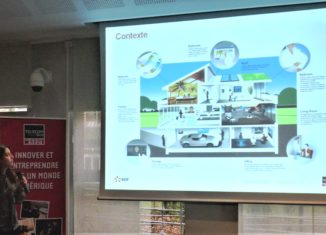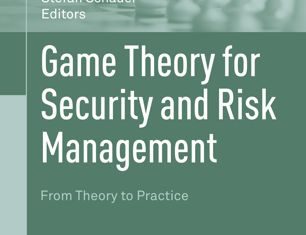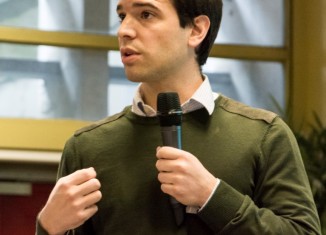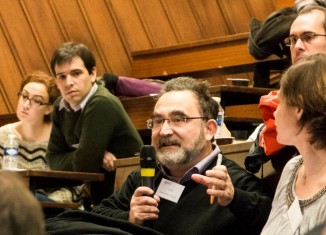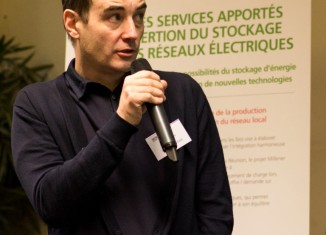Security of Industrial Control Systems and Cyber Physical Systems (Springer). Pages: 157-167, Sep. 2015.
DOI: 10.1007/978-3-319-40385-4_11
Abstract: The improved communication and remote control capabilities of industrial control systems equipment have increased their attack surface. As a result, managing the security risk became a challenging task. The consequences of attacks in an industrial control system can go beyond targeted equipment to impact services in the industrial process. In addition, the success likelihood of an attack is highly correlated to the attacker profile and his knowledge of the architecture of the system. In this paper, we present the Attack Execution Model (AEM), which is an attack graph representing the evolution of the adversary’s state in the system after each attack step. We are interested in assessing the risk of cyber attacks on an industrial control system before the next maintenance period. Given a specific attacker profile, we generate all potential attacker actions that could be executed in the system. Our tool outputs the probability and the time needed to compromise a target equipment or services in the system.

